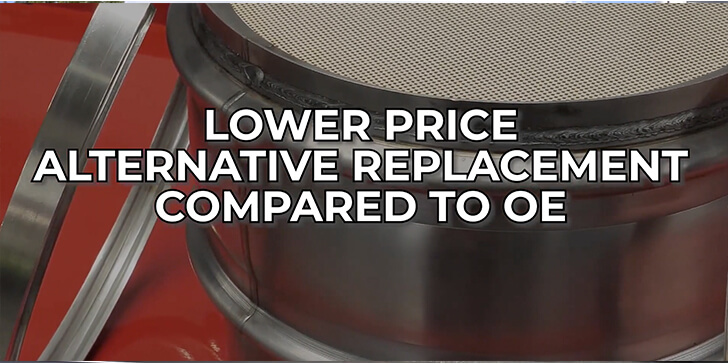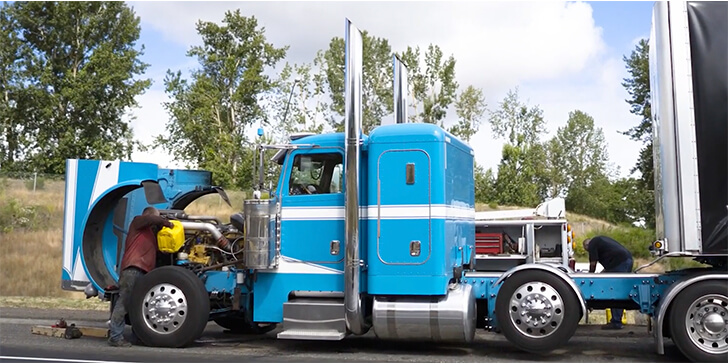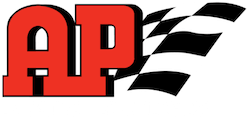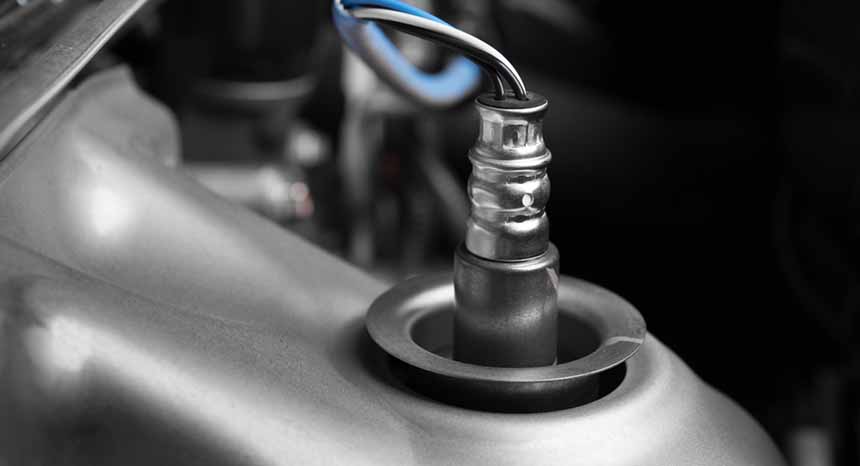In this episode, AP Emissions’ Leonard Oshman, Director of Business Development, explains that DPF problems will cause an engine to lose power, have lower fuel economy, cause poor throttle responses, and can make a truck’s engine harder to start. These issues can limit engine performance and prevent the truck from moving.
Episode Recap:
- DPFs that aren’t working efficiently will cause multiple problems. (0:20)
- Preventive maintenance is the key to maximizing a truck’s on-highway time. (0:45)
- DPF management can be handled through four options: cleaning the filters in house, utilizing a service provider, filter exchange program, or replacing the DPF with either an OEM or an aftermarket new filter. (1:04)
- Several common issues that can cause severe damage. (1:21)
- Recommend a cleaning around 250,000 miles or less. (2:11)
- There are options for the most cost-effective DPF maintenance program. (2:43)
- Option 1: Field Cleaning. (3:15)
- Field cleaning risk factors. (4:00)
- Option 2: Reconditioned or Renewed DPF. (4:35)
- Recon risk factors. (5:03)
- Option 3: New OE DPF. (5:49)
- New DPF risk factors. (6:14)
- Option 4: New DuraFit DPF. (6:30)
- DuraFit risk factors. (6:49)
- Preventative maintenance is key to maximizing on-highway time. (7:26)
DPF problems will cause an engine to lose power, have lower fuel economy, cause poor throttle responses and can make a truck’s engine harder to start. These issues can limit engine performance and prevent the truck from moving.
When trucks are not in service, neither is your business. Diesel particulate filters, DPF, preventative maintenance, is the key to maximizing on highway time. As part of a regular preventative maintenance program, DPF management can be handled through four options: cleaning the filters in house, utilizing a service provider, filter exchange program, or replacing the DPF with either an OEM or aftermarket new filter.
Issues such as faulty injectors, internal engine oil leaks, or internal coolant leaks, can cause severe damage to the DPF that requires service or replacement of the filter. These faults can also be masked by the DPF and may remain undetected until the DPF just has had enough and fails. To get the most out of performance of the DPF, it’s important to follow the truck manufacturers maintenance schedules, and make sure the DPF system is functioning properly.
Today, most fleets schedule DPF inspection as part of their regular maintenance. As a general rule of thumb, recommend a cleaning around 250,000 miles or less, depending on the harshness of the duty cycle. By doing this, the result is less downtime and fewer unexpected DPF service surprises. Bottom line, improper maintenance of the DPF can lead to engine malfunction or breakdown, non-compliance with air pollution laws, and expensive repairs.
One thing is for sure: there continues to be a lot of market noise around what is the most cost-effective DPF maintenance program for the fleet operation, regardless of the maintenance program employed for handling DPFs. An analysis is critical to understand the full cost of an after treatment program.
With that said, let’s run through the DPF maintenance options and associate a risk assessment with each so that the fleet maintenance manager has a detailed look at performance, expectation, in both the short and long term benefits.
First, field cleaning. Whether it’s pneumatic, pneumatic & bake or aqueous, the average pricing is $250 to $550. The service time is generally one to two days. As you can see there’s various cleaning methods with various results. Most requires overnight bake and next day delivery. The service after it’s cleaned and the performance level of the clean DPF is going to be unknown. Therefore, the filter life is unknown. Ash holding capability, not restored to the OE level, is typically within a range of anywhere from zero to 90% at best.
Risk factors? it’s the highest risk factor relative to performance. Unknown how many DPF cleanings that it’s had before, it’s subjective to the core condition when the core is brought in for cleaning. It has a high probability because of the degradation of the catalyst content. It has a high probability of premature active regen resulting in a fuel penalty, and the warranty for the cleaning depends on the service provider, or of course in house you get what you get out of the cleaning.
The second option is the recon or the renewed. That average pricing ranges between $800 and $1,200 depending on the model. Service interval is usually one to two hours. One thing that I want to mention about the renewed or the recon, is that Navistar and Cummins have both discontinued those programs so the exchange programs will no longer be an option in the marketplace. No actual remanufacturing process, better core inspection, and cleaning process.
The gasket and clamp are not included. Performance level and filter life are unknown, ash holding capacity, not restored to the OE level, range is in around zero to 95%. The risk factor for the renew to the recon is a medium risk factor. Once again, unknown prior DPF cleanings, degraded catalysts, high probability of premature active regeneration resulting in fuel penalty. Typically the warranty with a renewed or recon unit is one year, a hundred thousand miles on average.
New OE, average price, $2,500 plus, depending on the model. Service hours are generally one to two hours. It is an OE substrate. There is a core charge along with the new OE. The clamp and gasket generally are not included. The performance level is good because it’s an OE so you’re going to have 100% a sh holding capacity. The risk factor is low. However, it is the highest priced of all the alternatives. Generally the warranty is a one year warranty.
The fourth option is the new DuraFit option. Average price is $2,000 plus, depending on the model. The OE performance level is there. You have 100% ash holding capacity. The risk factor, just like the OE, is low. The benefit is, it’s a lower price alternative replacement compared to the OE. Comes with the gasket and the clamp, and the warranty is three year unlimited mileage warranty.

An alternative to cleaning is always to replace the filter with the new unit. New replacement of the DPF may be the most cost effective solution depending on the overall cost of the after treatment program for the fleet. Preventative maintenance is key to maximizing on highway time. When trucks are not in service, neither is your business. Clearly the solution is to minimize risk and maximize profits.
Thanks for watching. For more information, visit our website at apemissions.com or visit durafit-exhaust.com.





